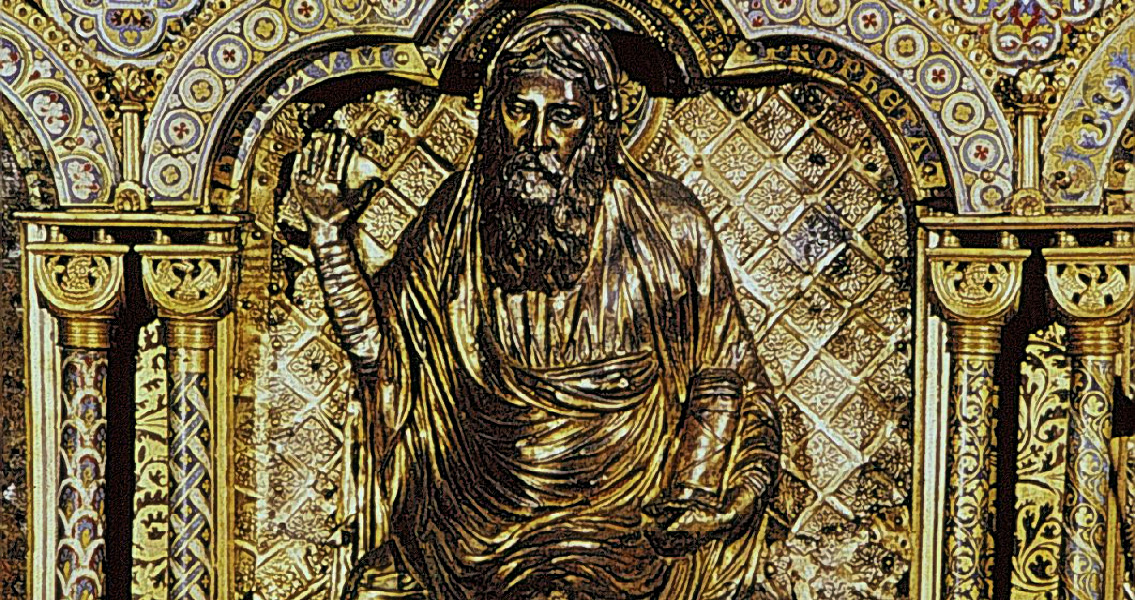<![CDATA[A 2,700 year old tomb in the Iraqi city of Al Qosh might be the next target in an initiative from the terrorist group ISIS to eradicate any artifacts in the region that represent cultures that are considered anathema to the Islamic militants. The tomb in question is thought to be the final resting place of Nahum the Prophet, one of the 12 Minor Prophets from the Torah, or Old Testament. Nahum is also referred to as Nahum the Elkoshite as a nod to his supposed residence in the city of Al Qosh; however, some scholars have disputed whether the ancient, crumbling tomb within the city is indeed the final resting place for the Hebrew prophet. Whether the remains within the tomb belong to Nahum or not is likely of no consequence to ISIS, as the Islamic group has taken a violently negative view to ancient artifacts that fail to align with their interpretation of Islamic law. Videos of ISIS representatives allegedly destroying other items of archaeological importance have surfaced on YouTube and other sites in the past, most notably a series of videos depicting individuals smashing statues in the Mosul Museum in Iraq, though the authenticity of these videos has been questioned by experts. At the moment, the ISIS offensive is considered to be approximately 10 miles from Al Qosh, held back from claiming the city by Kurdish Peshmerga fighters that have been endeavoring to halt the advance of the terrorist organization. The caretaker of the tomb, Christian Iraqi Asir Salaam Shajaa, said in an interview with Haaretz that while he had been tasked with protecting the ancient synagogue and the tomb held within he feared for the safety of his family; like many Iraqi Christians have already, Shajaa feels he may have no recourse but to flee Iraq, despite the 60 year vigil that he, his father and his grandfather have held at Nahum’s tomb. The Jewish population of Al Qosh fled in the middle of the twentieth century as Iraq began to lash out against the newly-formed Israel. More than 75 percent of the country’s Jews had relocated by 1953, and Shajaa’s family assured those that were leaving Al Qosh that while Nahum might not be considered a Christian prophet, his tomb deserved to be preserved and respected. Over the intervening decades, Shajaa and his family have welcomed a slow trickle of Jewish pilgrims to the tomb, though visitations have nearly ground to a halt thanks to the danger ISIS poses to Iraq and its citizens. If Shajaa and his family do choose to flee the city, he says his brother will remain behind to continue the family legacy. However, if ISIS does indeed breach the city’s defenses and come to occupy Al Qosh, he worries that the tomb and the synagogue might be desecrated or destroyed. If the terrorist organization continues its campaign of erasing the heritage of cultures that it is ideologically opposed to, the tomb’s destruction remains a strong possibility. Image courtesy of Wikimedia Commons user: Goodness Shamrock]]>
ISIS Endangers 2,700 Year Old Hebrew Prophet’s Tomb
